Search for articles, topics or more
browse by topics

Search for articles, topics or more

Enduring designs almost always have fascinating origin stories. So how do you tell the story of thousands of products created over the 90-year history of the family-run Italian furniture company Molteni&C? After all, what narrative could encapsulate a brand that made its name with such celebrated pieces as Werner Blaser’s MHC.1 dresser prototype (1955) and Yasuhiko Itoh’s MHC.2 bookcase (1959), and continues to shape the global design conversation today?
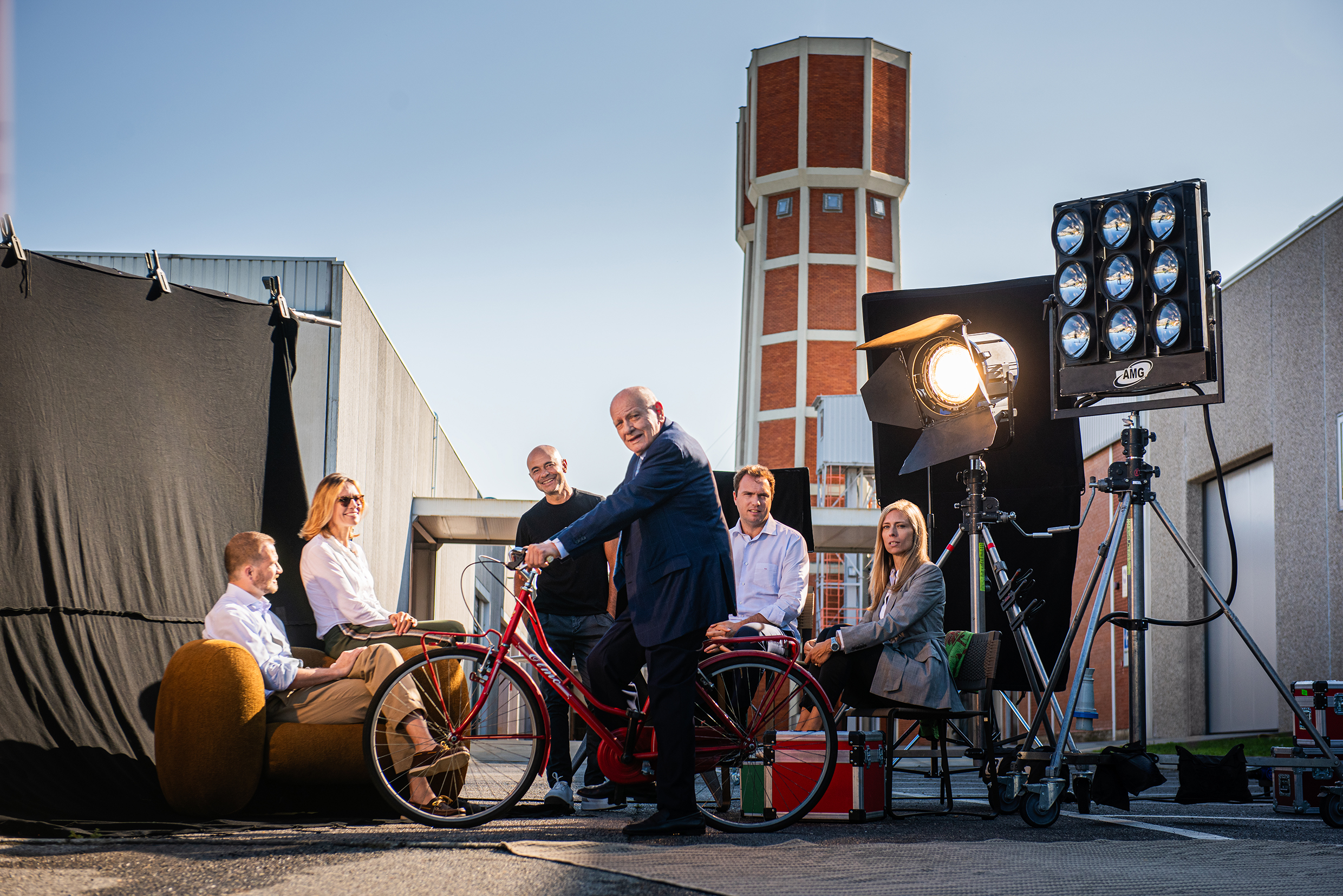
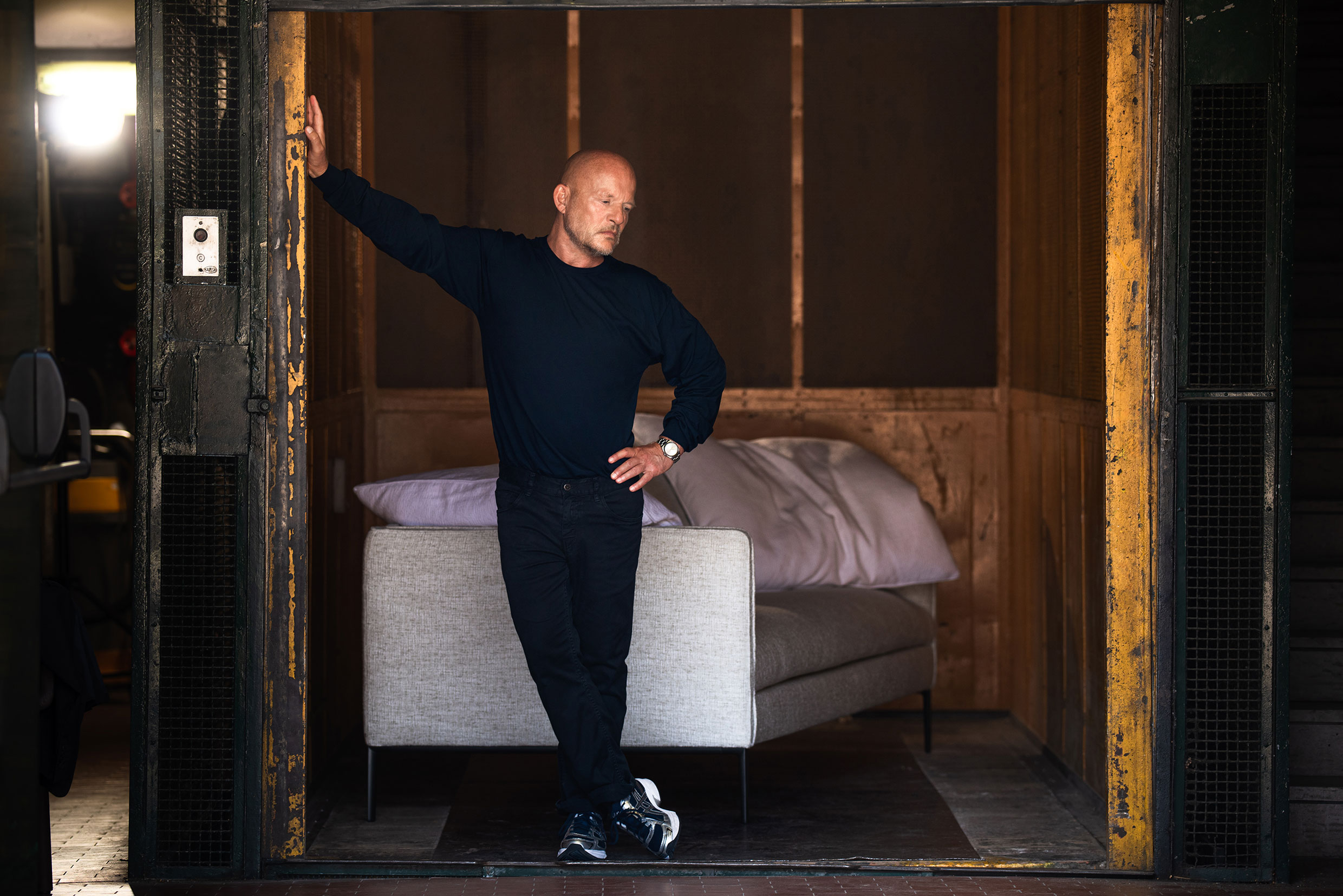 Vincent Van Duysen in the "goods" lift with the Paul sofa Ph. Jeff Burton, from Molteni Mondo by Rizzoli NY, 2024
Vincent Van Duysen in the "goods" lift with the Paul sofa Ph. Jeff Burton, from Molteni Mondo by Rizzoli NY, 2024
The answer is Molteni Mondo. Edited by US culture writer Spencer Bailey, the book brings together profiles of and perspectives from a selection of the leading designers who have come into the firm’s orbit since it was founded in 1934 – among them Foster and Partners, Luca Meda, Aldo Rossi, Tobia Scarpa and Patricia Urquiola. It invites you into the world of Molteni&C through an interview with Vincent van Duysen, the company’s creative director since 2016, a personal reflection from Jean Nouvel on the creation of his landmark Less collection (1994), and a range of essays on the firm’s origin story, extensive archives and rise to international prominence.
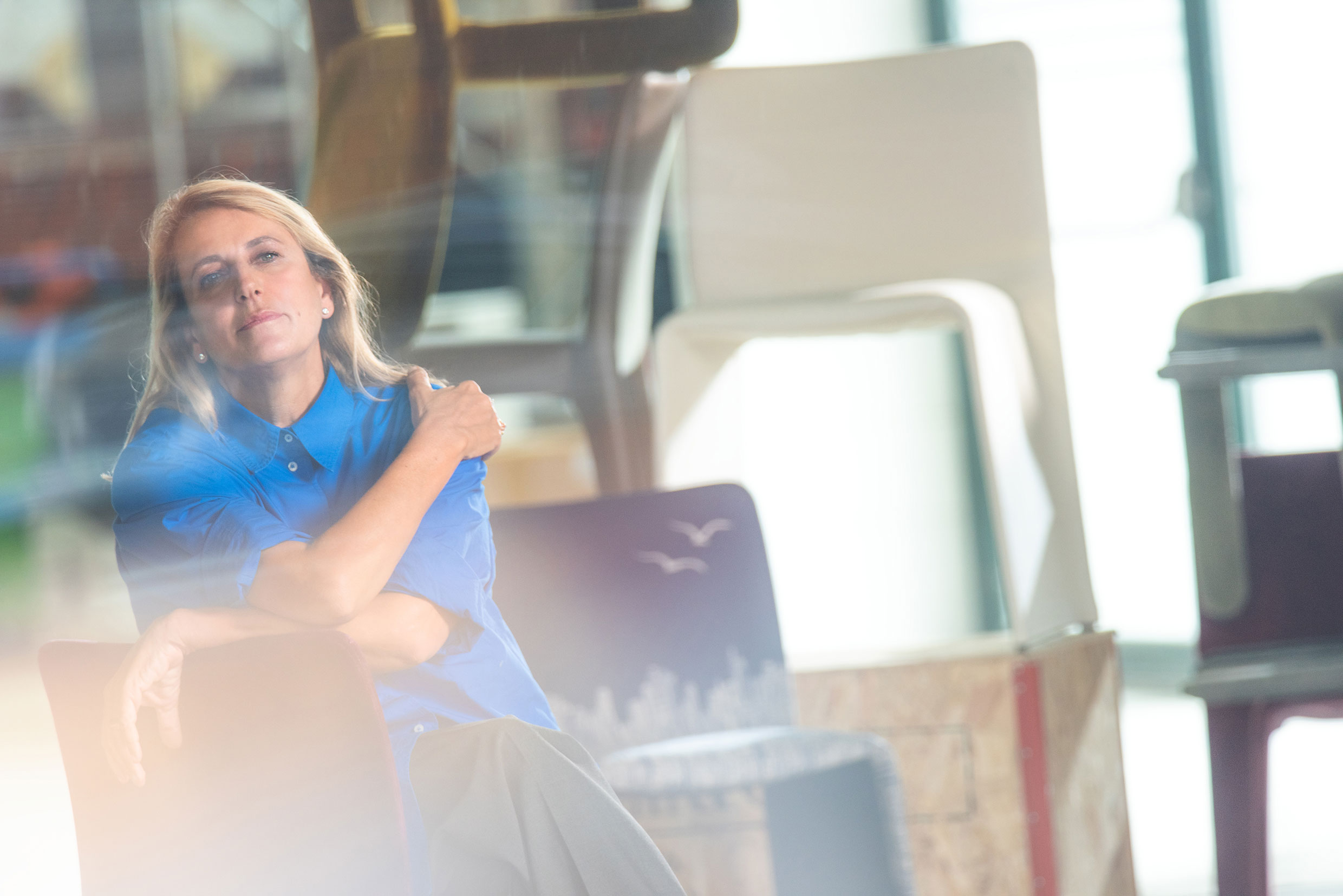 Patricia Urquiola. Ph. Jeff Burton, from Molteni Mondo by Rizzoli NY, 2024
Patricia Urquiola. Ph. Jeff Burton, from Molteni Mondo by Rizzoli NY, 2024
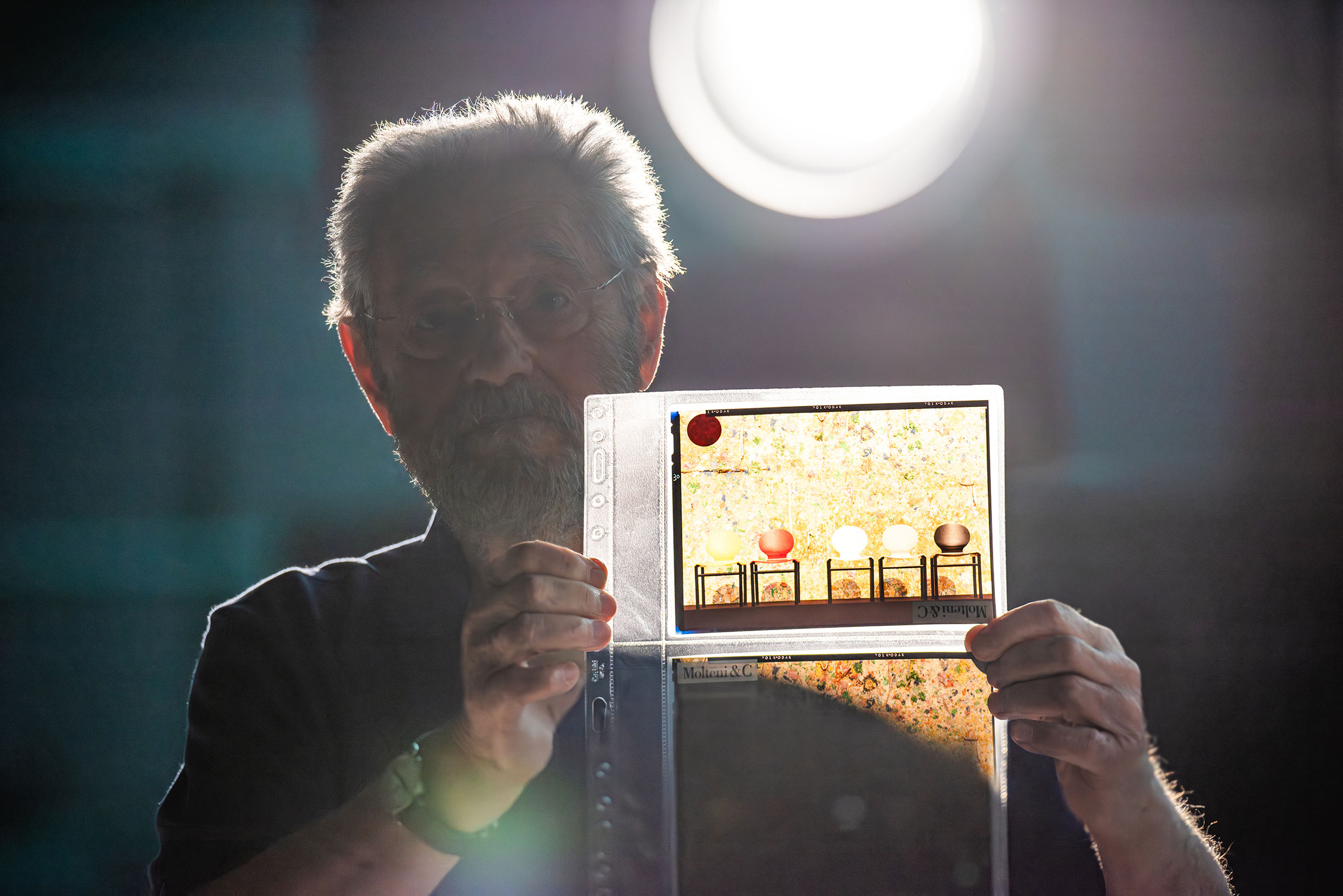 Tobia Scarpa presents an image of the Meo chairs (1981), design by him and Afra Scarpa. Ph. Jeff Burton, from Molteni Mondo by Rizzoli NY, 2024
Tobia Scarpa presents an image of the Meo chairs (1981), design by him and Afra Scarpa. Ph. Jeff Burton, from Molteni Mondo by Rizzoli NY, 2024
But words alone cannot capture the spirit of an enterprise built around the look and feel of design. To achieve this, Molteni Mondo has taken inspiration from another medium: the big screen. With art direction by former Männer Vogue editor Beda Achermann and cinematic photography from Jeff Burton, the book channels the energy of a behind-the-scenes chronicle of a feature-length documentary. The northern Italian town of Giussano, home to Molteni&C’s headquarters, takes a leading role in this film in pages. Through the book’s lens, readers have the chance to appreciate the area’s special character and understand the enduring relationships with local suppliers that have helped maintain the company’s reputation for excellence.
The following extract, taken from the book’s Afterword by the Pritzker prize-winning architect Jacques Herzog, distils the book’s power. With creative partner Pierre de Meuron, Herzog has long been celebrated for his appropriation of traditional design elements in contemporary contexts, and inventive use of natural and manufactured materials. Here, he writes in touchingly frank terms about how the pursuit of imperfection has shaped his work and led to the 2023 launch of Herzog & de Meuron Objects, a special project bringing together more than 600 pieces designed by his firm since 1988.
Picking out one of these objects – the wooden Porta Volta armchair that was designed for the National Library of Israel as part of a UniFor project and produced by Molteni&C – Herzog takes the reader into his relationship with his creation.
“Sitting in it is like being inside a space,” he writes. “You can move inside the chair. It doesn’t orient you in one specific way.”
The thinking behind Molteni Mondo is similar: the concept is bold, but the reading experience is yours to inhabit as you choose.
Afterword
By Jacques Herzog
Molteni is a company that stands for quality and tradition. They have collaborated with architects like Gio Ponti and Ignazio Gardella, whose work I respect. Italy—a country often associated with political, economic, and cultural upheaval—is surviving its crises pretty well, thanks in part to strong, globally relevant brands such as Molteni, Feltrinelli, and Prada, with which we have been working over many years. Each time, the collaboration is hands-on and real. Interestingly, all of these companies are still in the care of their founding families.
Design as an independent discipline never interested me. I never felt attracted by its products, whether it was chairs, lamps, or bookshelves. Quite the opposite—I felt a kind of antipathy. Cars and planes were also never on my radar. I cannot explain this, really. Maybe it has to do with the sense of perfection that is inherent in many design objects. Perhaps this is why I feel more attracted to art, where I often see more imperfection, more room to discover.
In its beginnings, Herzog & de Meuron was a lot about discovering, about imperfection. We were “bricolage-ing,” experimenting with technical tools like video, and doing things with our own hands. We had to find our path in a professional field that was dominated by postmodernism and looming deconstructivism—both with which we could not identify with. Among all of the materials we were using at that time, wood was the one that worked best because it was easy to get, and we had the necessary machines and tools to work with it. We also liked the fact that wood, as a material for architecture, was considered “uncool” in the mid-1970s.
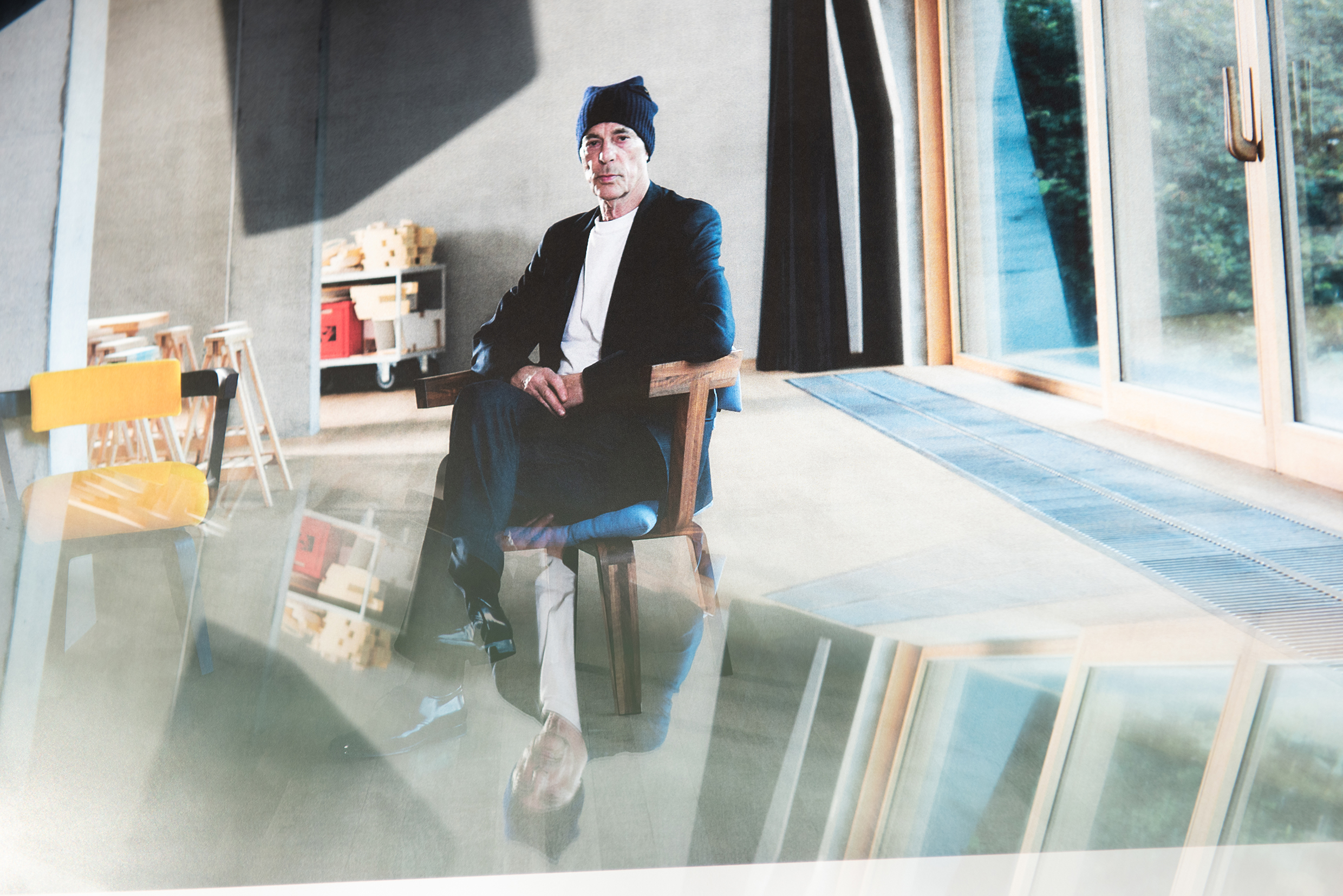
There was a carpenter in our neighbourhood who had a lathe for turning wood. Normally, he did small and often kitschy things for antique furniture that he had been asked to repair. But he could also do very large objects, like columns spanning the full height of my studio. That’s how I started to produce objects in the first place, using this old technology. It allowed us to do things with rather unlikely shapes many years before the digitally operated milling machines started to flood the aesthetic landscape of architecture and design. These early wood columns and installation pieces could be seen as a kind of precursor to the objects and furniture pieces that we’re now doing since we launched H&dM Objects.
H&dM Objects summarises the activities in our workshop, where a team of professional engineers and craftsmen develop prototypes for all kinds of specific and eventually also unspecific uses—unspecific in the sense that they lack a predetermined function, but could guide us towards something new and unexpected.
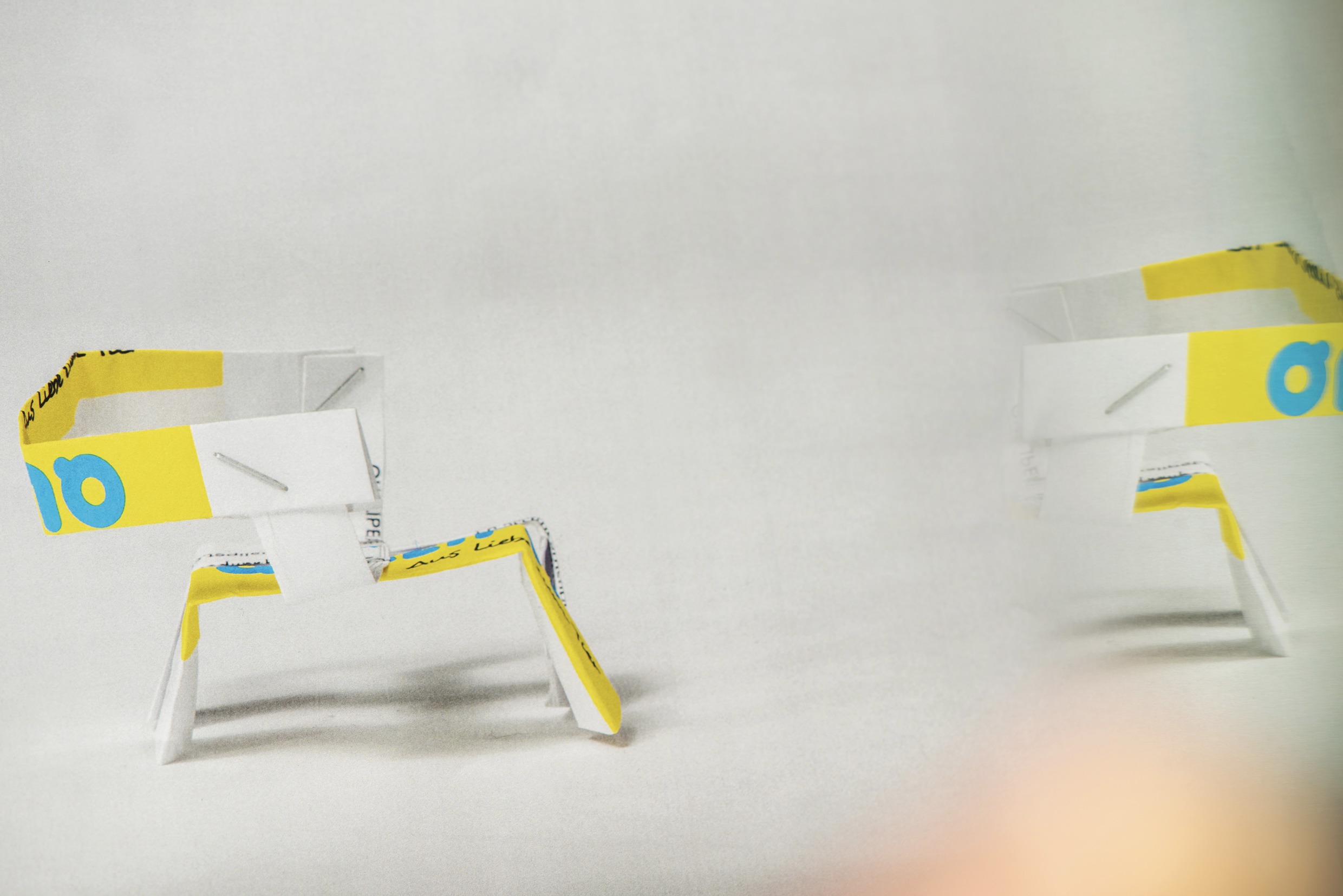 Models of the Porta Volta chair (2023) by Herzog & de Meuron. Ph. Jeff Burton, from Molteni Mondo by Rizzoli NY, 2024
Models of the Porta Volta chair (2023) by Herzog & de Meuron. Ph. Jeff Burton, from Molteni Mondo by Rizzoli NY, 2024
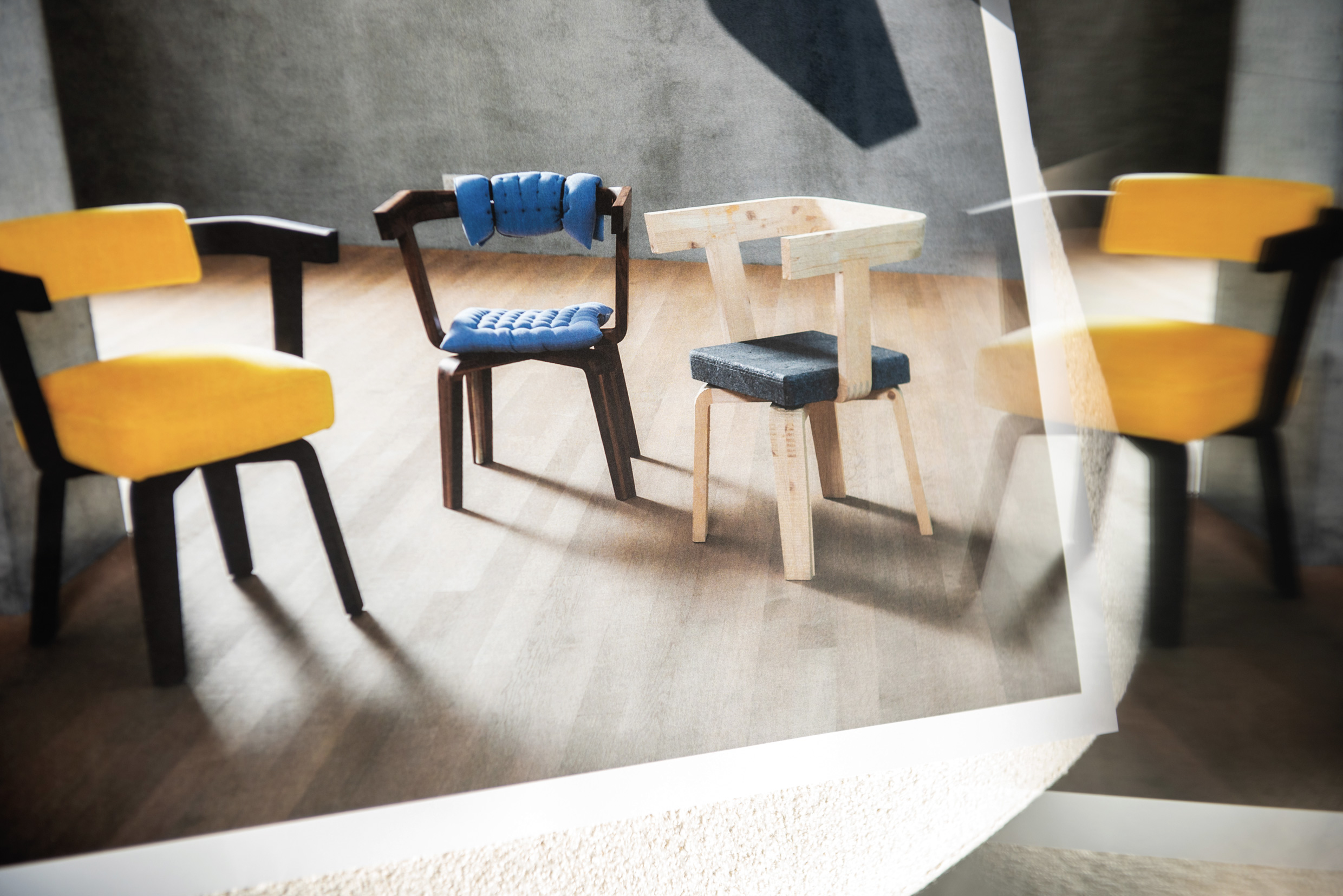 Models of the Porta Volta chair (2023) by Herzog & de Meuron. Ph. Jeff Burton, from Molteni Mondo by Rizzoli NY, 2024
Models of the Porta Volta chair (2023) by Herzog & de Meuron. Ph. Jeff Burton, from Molteni Mondo by Rizzoli NY, 2024
 Herzog & de Meuron, Porta Volta chair, 2003. Ph. Jeff Burton, from Molteni Mondo by Rizzoli NY, 2024
Herzog & de Meuron, Porta Volta chair, 2003. Ph. Jeff Burton, from Molteni Mondo by Rizzoli NY, 2024
Porta Volta is what we named a wood armchair industrially produced by Molteni after we developed it in our workshop. We did many prototypes before it was fit for industrially scaled production with all functional and safety standards fulfilled. Normally, furniture pieces such as stools, tables, and lamps are the result of our architectural projects, created within a concrete spatial or programmatic context. This armchair did not have such a context; rather, it was something I would use for my own purposes, for which I had never found an adequate solution to what I wanted. I was probably not clear enough about what I wanted, but one day I did a sketch that we thought should be developed further. The sketch showed a chair made of four boards, all more or less the same size and U-shaped. As I said before, I am not familiar with a professional industrial design approach, but I guess that made it a real design idea, a conceptual guideline that I imagine most designers use when they start working.
What I like about the Porta Volta chair is its proportion and width. Sitting in it is like being inside a space—you can move inside the chair. It doesn’t orient you in one specific way, as many other chairs do. And I especially like the lounge version with its shorter legs, so it sits you lower. I generally like chairs and tables that are lower than standard height—closer to the floor, further away from the ceiling. A different, more grounded perception of the space that surrounds you. This is especially rewarding when you sit in a group, discussing and exchanging between yourself and others.
It happened that I felt uncomfortable with my chairs and tables at home. So I decided to simply shorten their legs with a saw. Design is often a bit too complicated, too pretentious, isn’t it?
Basel, January 2024
From Molteni Mondo, Rizzoli New York 2024
Main image: Cover of Molteni Mondo, Rizzoli NY 2004
The photographer Jeff Burton is known for the cinematic quality of his work: bathers by a hotel pool become a study in saturated colour; tanned bodies are seen at one remove, distorted by mirrored surfaces; a woman’s glance is glimpsed through a car’s rearview mirror.
In the centre of Milan, a short walk from the duomo, is Villa Necchi Campiglio, designed by Piero Portaluppi (1888-1967) for the Necchi Campiglio family between 1932 and 1935.
There are books that collect stories, line them up, find an order, classify and compile lists, trace chronologies and jumps in scale, small revolutions and great changes, from projects to products.
Thanks for your registration.